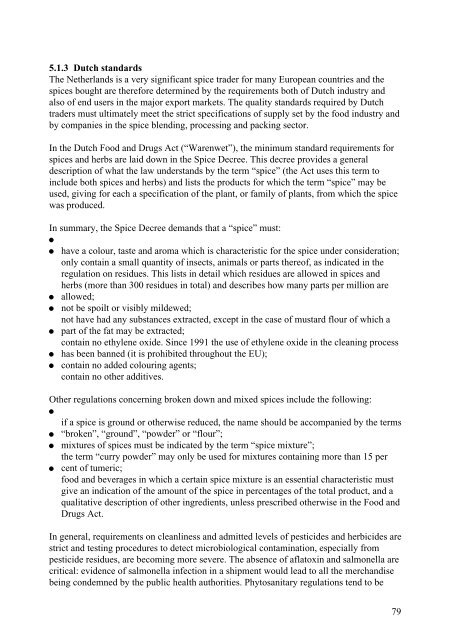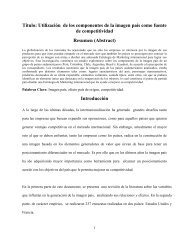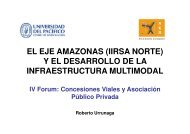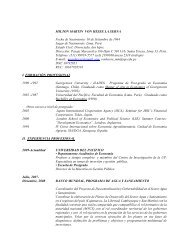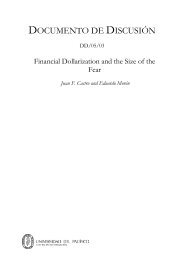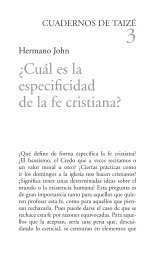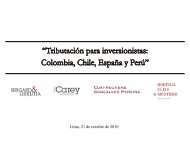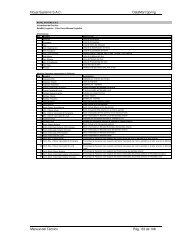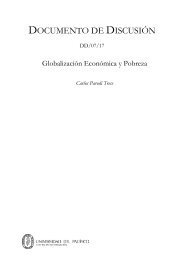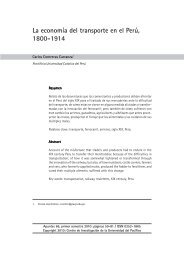Spices and Herbs
Spices and Herbs
Spices and Herbs
Create successful ePaper yourself
Turn your PDF publications into a flip-book with our unique Google optimized e-Paper software.
5.1.3 Dutch st<strong>and</strong>ards<br />
The Netherl<strong>and</strong>s is a very significant spice trader for many European countries <strong>and</strong> the<br />
spices bought are therefore determined by the requirements both of Dutch industry <strong>and</strong><br />
also of end users in the major export markets. The quality st<strong>and</strong>ards required by Dutch<br />
traders must ultimately meet the strict specifications of supply set by the food industry <strong>and</strong><br />
by companies in the spice blending, processing <strong>and</strong> packing sector.<br />
In the Dutch Food <strong>and</strong> Drugs Act (“Warenwet”), the minimum st<strong>and</strong>ard requirements for<br />
spices <strong>and</strong> herbs are laid down in the Spice Decree. This decree provides a general<br />
description of what the law underst<strong>and</strong>s by the term “spice” (the Act uses this term to<br />
include both spices <strong>and</strong> herbs) <strong>and</strong> lists the products for which the term “spice” may be<br />
used, giving for each a specification of the plant, or family of plants, from which the spice<br />
was produced.<br />
In summary, the Spice Decree dem<strong>and</strong>s that a “spice” must:<br />
have a colour, taste <strong>and</strong> aroma which is characteristic for the spice under consideration;<br />
only contain a small quantity of insects, animals or parts thereof, as indicated in the<br />
regulation on residues. This lists in detail which residues are allowed in spices <strong>and</strong><br />
herbs (more than 300 residues in total) <strong>and</strong> describes how many parts per million are<br />
allowed;<br />
not be spoilt or visibly mildewed;<br />
not have had any substances extracted, except in the case of mustard flour of which a<br />
part of the fat may be extracted;<br />
contain no ethylene oxide. Since 1991 the use of ethylene oxide in the cleaning process<br />
has been banned (it is prohibited throughout the EU);<br />
contain no added colouring agents;<br />
contain no other additives.<br />
Other regulations concerning broken down <strong>and</strong> mixed spices include the following:<br />
if a spice is ground or otherwise reduced, the name should be accompanied by the terms<br />
“broken”, “ground”, “powder” or “flour”;<br />
mixtures of spices must be indicated by the term “spice mixture”;<br />
the term “curry powder” may only be used for mixtures containing more than 15 per<br />
cent of tumeric;<br />
food <strong>and</strong> beverages in which a certain spice mixture is an essential characteristic must<br />
give an indication of the amount of the spice in percentages of the total product, <strong>and</strong> a<br />
qualitative description of other ingredients, unless prescribed otherwise in the Food <strong>and</strong><br />
Drugs Act.<br />
In general, requirements on cleanliness <strong>and</strong> admitted levels of pesticides <strong>and</strong> herbicides are<br />
strict <strong>and</strong> testing procedures to detect microbiological contamination, especially from<br />
pesticide residues, are becoming more severe. The absence of aflatoxin <strong>and</strong> salmonella are<br />
critical: evidence of salmonella infection in a shipment would lead to all the merch<strong>and</strong>ise<br />
being condemned by the public health authorities. Phytosanitary regulations tend to be<br />
79


